Technics OTTAVA f SC-C70MK2 All-In-One Music System REVIEW
Summary
Technics OTTAVA f SC-C70MK2 All-In-One Music System REVIEW
The revived Technics brand is staking its reputation on its OTTAVA series systems. But what is an OTTAVA? ASHLEY KRAMER takes a deep dive.
$1799
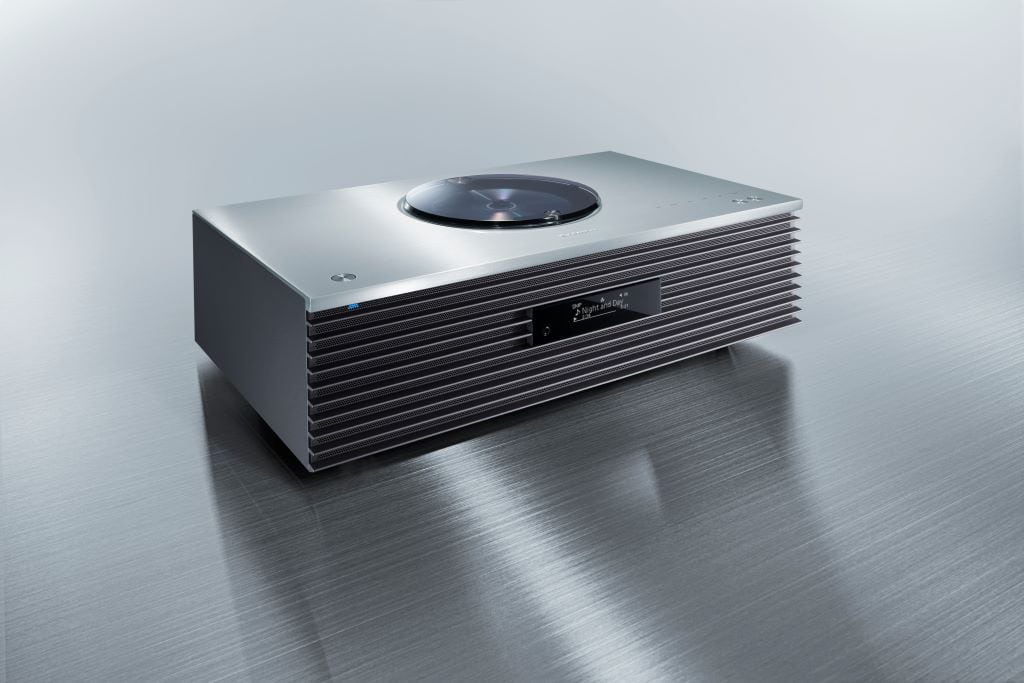
Having just reviewed the $1800 Klipsch The Fives powered speaker system and finding it much to my liking, it was nice to be presented with another premium wireless speaker system at the same price.
The Technics Ottava f SC-C70MK2 is a long way removed from The Fives. It’s a single speaker unit as opposed to a pair of speakers, but like The Fives, it aims to be good at a whole lot of things. The feature set is extensive, right down to a CD player nestled in the lovely, brushed aluminium top panel, which is an addition that many will see as quaint. However, it makes sense to anyone with a decent CD collection, or even a stash of a few favourite discs still hanging around.
Would you like to support our mission to bring intelligence, insight and great writing to entertainment journalism? Help to pay for the coffee that keeps our brains working and fingers typing just for you. Witchdoctor, entertainment for grownups. Your one-off (or monthly) $5 or $10 donation will support Witchdoctor.co.nz. and help us keep producing quality content. It’s really easy to donate, just click the ‘Become a supporter’ button below.
Continuing the features list, the SC-C70MK2 offers FM and DAB/DAB+, a USB input, a 3.5mm Aux input, Bluetooth, AirPlay, an optical input, multi-room audio via Chromecast, along with network music server support with WiFi or LAN connectivity. Plus as we’ll see, there are other playback options.
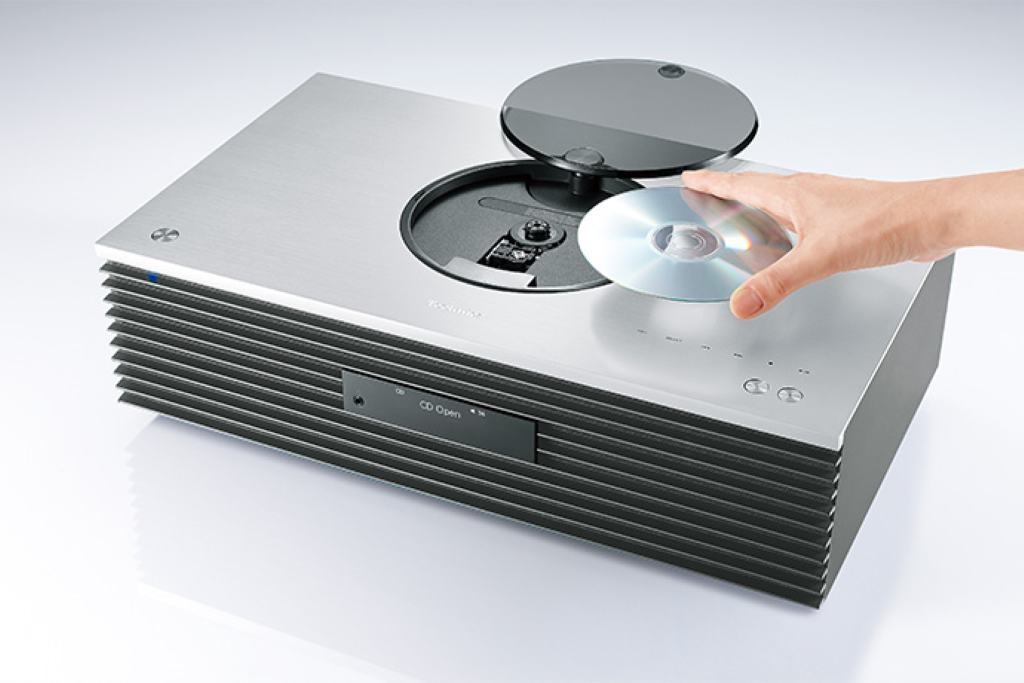
The way the SC-C70MK2 is built inspires confidence that Technics didn’t cut any corners. At 8kg, it’s a substantial unit, and at 450 x 143 x 280 mm (W x H x D), is the right size for most situations, being neither offensively huge nor too demure. It could be moved around the house depending on the owner’s needs, or even taken to the bach. It’s available in dark silver or black, looking and feeling more like a high-end piece of hi-fi equipment than a wireless speaker system.
The design aesthetic is dark industrial chic, which won’t be to everyone’s taste. The SC-C70MK2 is mostly made up of straight edges, and the only curves in sight are the circular cover over the drop-in CD mechanism and the three tactile buttons on the top panel (power and volume). The other six controls on the unit are touch-based. There’s a big, full-function remote that looks like it was purloined from an old school CD player, but those choices are by no means the only way to control the SC-C70MK2.
It’s always nice to have your perspectives challenged and changed. One of the first things I thought of once I’d unboxed the SC-C70MK2 was that it was crying for a nice bright touchscreen on that front panel, instead of the small blue dot-matrix display. This thinking makes sense if you’re from the past like I am, where you interact with a music system by actually touching it or by pushing buttons on a remote.
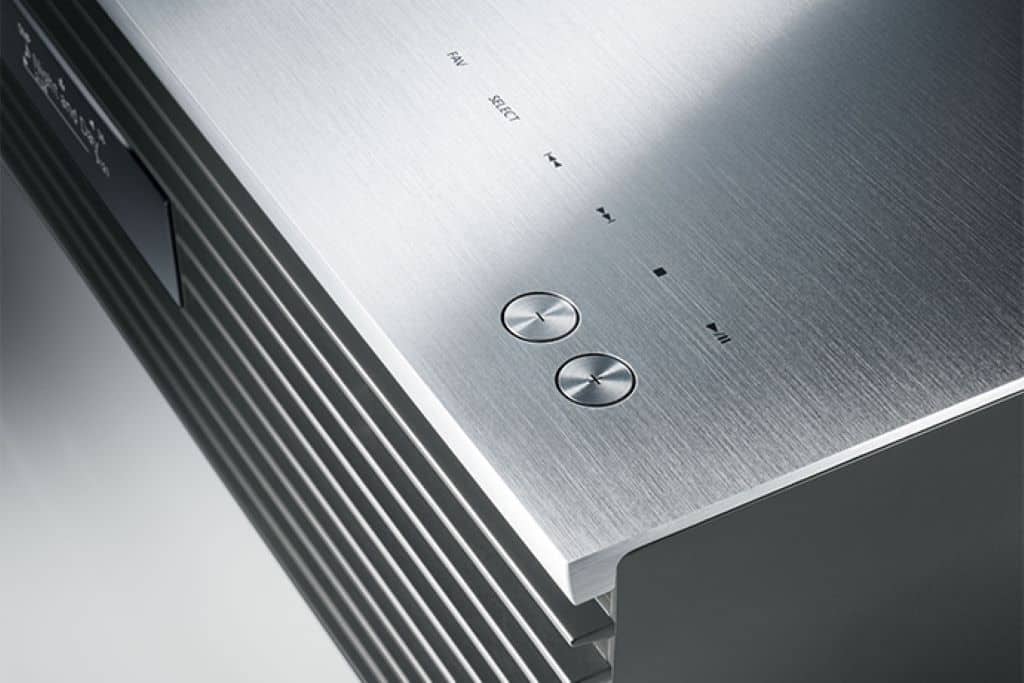
However, I heard a statistic recently that 80 percent of Americans reckon they can reach their phone 24 hours a day without moving their feet. I would assume that many Kiwis are much the same. So why not interact with your music the way you interact with an ever-growing list of things? Just use an App. Hey, use a few.
In this case, first, you install the Google Home App to get the WiFi set up. This offers streaming capabilities as well. Next to be installed is the Technics Audio Center App, which gives the user more control of the unit. And then, of course, individual music Apps such as Spotify or the music App on my iPhone can address the SC-C70MK2 directly once it’s been correctly set up. Plus it works with Google Assistant, so saying “Play jazz music on Bedroom Speaker” had a Spotify jazz playlist playing in moments.
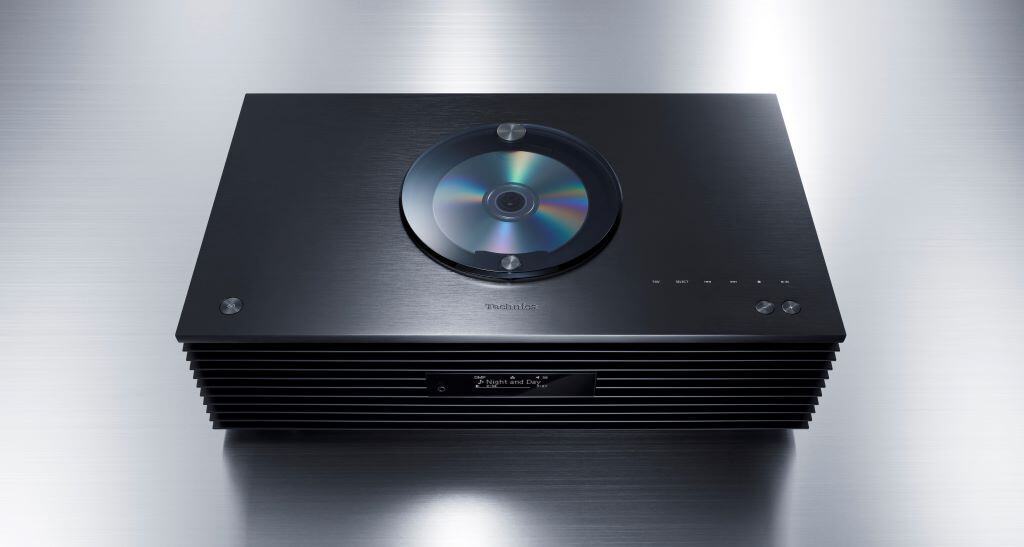
There’s some technical complexity hidden under those straight surfaces, including no less than five drivers – a 12cm “subwoofer”, two 8cm woofers, and two 2cm silk dome tweeters. The tweeters are coupled to what Technics calls an “Acoustic Lens”, which appears to be a waveguide of sorts, and there are ports on the rear of the unit to add some bass weight.
The drivers are powered by three JENO Engines (Jitter Elimination and Noise-shaping Optimization) aka digital amplifiers, with 30w available to the left and right speakers, and 40w to the larger downward-firing woofer.
Listening
Listening to Steely Dan’s ‘Deacon Blues’ from Aja, I noticed that I heard more detail in the horns and vocals, and more depth in the bass guitar than I’d expected from a wireless speaker system. Bear in mind that some all-in-one systems are really quite good, so the SC-C70MK2 was indeed performing well. The sensation was of a low noise floor along with plenty of clean power giving the kind of impact, clarity, and dynamics that make music addictive instead of something that happens to be playing in the background.
Its abundantly clear that the SC-C70MK2 has some hi-fi skills. One of these was that, like The Fives, Technics has imbued this unit with the ability to sound good at low volume levels, which is essential in the smaller spaces and apartments that this kind of music system is likely to be used in. Played quietly, the sound remains energetic and enjoyable, and although it’s not as well-executed as the Klipsch implementation, it’s done without noticeably boosting the low end.
The bass and electric guitar lines on Cheap Trick’s ‘Surrender’ from Heaven Tonight sounded fast and punchy despite the SC-C70MK2’s volume being down at 20, which isn’t particularly loud at all.
Of course, music isn’t only played softly in the dark of the night. Sometimes there’s an urge for some power, for more cowbell, if you like. Pushing the power well up on ‘The Silence’ by Manchester Orchestra, from the A Black Mile To The Surface showed that the SC-C70MK2 could grind out far more volume than its size and shape indicate. The bass was tight and well under control, with a surprising weight and presence to it. The midrange was also notably clear and open, and the high-frequency output was as subtle as anticipated from dedicated silk dome tweeters. This unit will have no trouble filling a good-sized room, and it’ll sound sweet while doing so. Throwing the volume up on the aforementioned Cheap Trick track had the room filled all the way to the brim.
Push it too hard, however, and the SC-C70MK2 begins to sound a bit congested, but you have to be quite obnoxious with the volume control to get it there. It’s not a party speaker, but then again, it’s not meant to be one.
The CD functionality was increasingly appreciated as the review went on. Pulling out a much-loved silver disc and spinning it is as comforting a ritual as any in these strange times. Southern Manners by The Watson Twins has been a firm favourite of mine for well over a decade, and the SC-C70MK2 made it sound nothing less than terrific. The strummed guitar intro of ‘High School’ lasts only a few seconds before the bass guitar kicks in followed by the vocals, but those few seconds will tell you a lot about the system you’re listening to. If the sound of the strings is subdued or you can’t quite hear the intricate finger movements, then you’re not in hi-fi territory. The bass guitar here is also deeply informative of the hardware in the signal chain – it should sound (and feel) deep and rich with a sense of the harmonics constantly rising and fading with each new note.
The SC-C70MK2 got everything right, including neatly maintaining instrumental separation and defining the leading edges of individual notes while offering a warm tonal balance that’s perfectly suited to a wide range of music. Dynamics are superb for what’s basically a single, squat box.
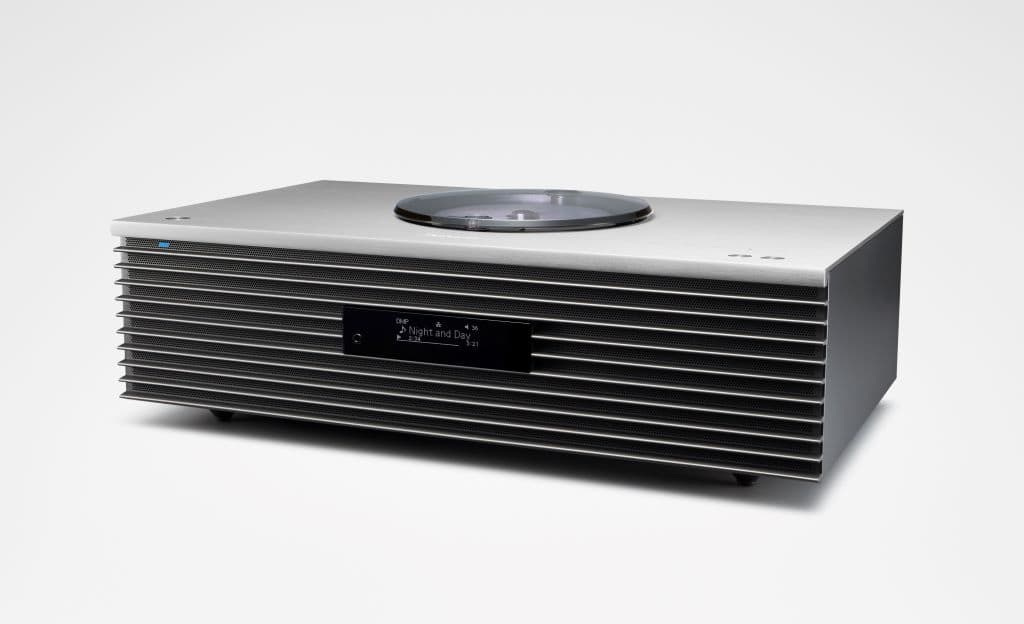
On the downside, while offering plenty of weight, the bass doesn’t plumb the lower depths of the lower octaves, but then again, neither would anyone expect it to given the form factor and the driver size – The Fives have an advantage in this area. There’s also no soundstage to speak of, which is where this single unit will lose out to a pair of speakers every time. It’s worth noting that all the terminology being used is firmly in hi-fi reviewer territory, which bodes well because it shows that in addition to all the versatility, buyers are also getting excellent sound quality for their money.
They’re also getting high-resolution music playback capability. The SC-C70MK2 can handle WAV, FLAC, AIFF, and ALAC audio files up to 24/384 and DSD up to 11.2MHZ, which is all highly impressive for a standalone music system. How many people will see the need to feed this unit high-res files is questionable, but it’s nice to have that functionality for those who lean that way.
I chose to lean that way with the HDtracks 2020 Hi-Res Sampler album, and the SC-C70MK2 showcased its ability to resolve fine detail and subtleties. Playing a 24/96 version of the mellow ‘You Really Shouldn’t Have’ by Chlara was a pleasure, with the delicate strings and that superbly recorded voice being laid out in a way that any audiophile would recognise and appreciate.
The question for a high-res music aficionado is: “Can you hear more of the music?” The answer with the SC-C70MK2 is yes. CD sounds better than a low-res MP3, and high-res files sound as good as, or better than CD, depending on the recording and mastering.
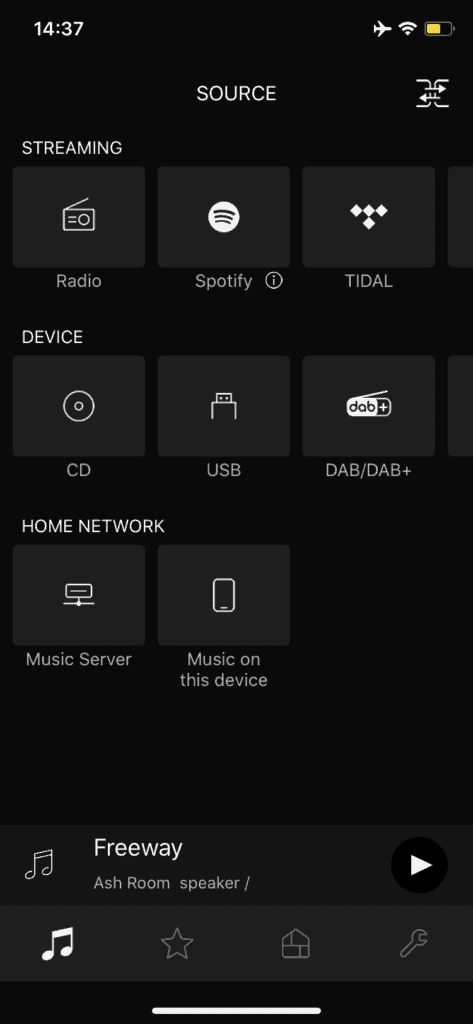
Space Tuning
Being a single unit as opposed to a pair of speakers, the SC-C70MK2 seems to couple with the room in a different way. It’s more prone to generating noticeable bass peaks and troughs. One listening spot in my bedroom sounded as if the bass was being reinforced by a real subwoofer, while other areas sounded bass-light. I’ve noticed the same thing with other similar speaker systems that are capable of generating a decent amount of low-frequency energy. A Denon HEOS 7 I owned in the USA comes to mind as having prodigious bass in specific areas of a room; way too much in fact, while being just right in others.
The SC-C70MK2 has an ace up its electronic sleeve in that it has room-tuning capabilities. The full “Space Tune” functionality is accessed via the Technics Audio Center App. It offers three presets catering to being located in free space, close to a wall, or in a corner. Plus it has auto and measured options, which allow the unit to run a test routine and adjust itself using Digital Signal Processing (DSP). The tests are conducted via the microphone of a phone placed at the listening position. According to the Technics site, this is only available on iOS devices.
The automatic setup option for Space Tune turned out to be surprisingly loud; you wouldn’t want to fire it up with a pet in the room. It’s mercifully brief however and does seem to work, with the SC-C70MK2 sounding better from the listening position after being tuned than with the unit set to Wall. There was a little more low-frequency extension, while the midrange sounded a touch clearer. Your mileage may vary depending on your room, but there are also tone controls accessible from the App, allowing for fine-tuning.
Conclusion
The only glitches in operation came from the various Apps. Occasionally, Spotify would get convinced it was being asked to play a song directly on my phone while still playing a different track on the SC-C70MK2. This only happened a few times, and generally occurred while I was changing tracks in a hurry. I also encountered volume surges, where the volume levels would drop substantially for a second then go back to where they were. Again, this was infrequent and only happened when I was using Spotify, so this may be related to that specific App.
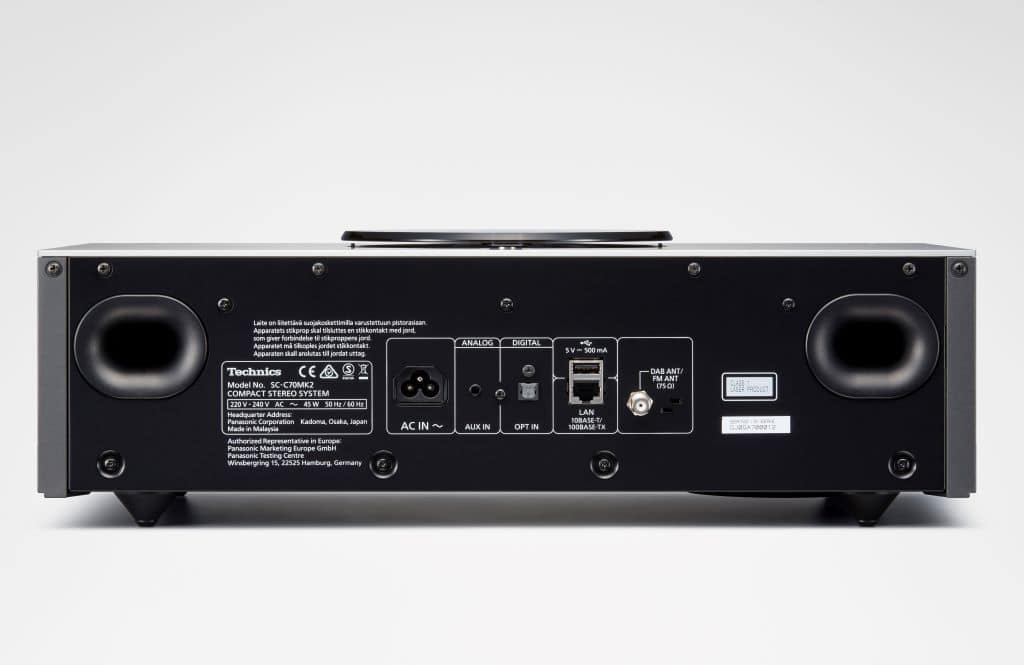
The only other qualm (and it’s not a big one), is that the Audio Center App has clearly been designed by an audio division within a large Japanese company. It works well enough, but the design smacks more of mid-2000’s Sony Sonic Stage software than a modern App. This was eerily charismatic in a retro kind of way, but not everyone will agree with my assessment. For most, however, the App will do the job perfectly well.
The SC-C70MK2 is designed to be a versatile, good looking, premium music system offering top-class sound. In that respect, the Technics engineers have met their design brief. Based on how much I enjoyed listening to the SC-C70MK2 over the space of weeks, I’d say they’ve exceeded it.
It’s a very different proposition to The Fives, and other, similar small powered speakers, and it’s an expensive option compared to many all-in-one systems. Still, it does what it does exceedingly well, with a degree of subtlety that was frankly unexpected. It seems destined to keep doing it for a long time based on the build quality and attention to detail. All in all, this is a compelling offering from Technics that deserves serious consideration from buyers looking for a top-quality audio product.














